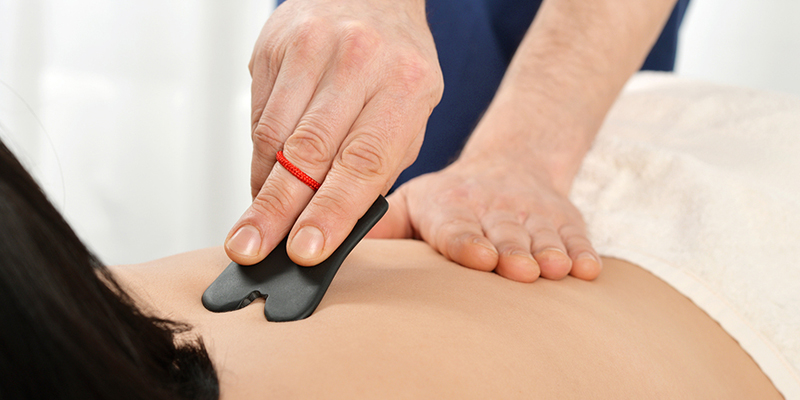
Tennis Elbow is a disease mainly caused by elbow pain and joint mobility disorder.
“Tennis Elbow”, also known as lateral epicondylitis, is a chronic injury disease and is a common disease for people who often make fists and stretch their wrists. Because it is the soft tissue disease most prone to tennis players, it is called “tennis elbow”. People who often engage in tennis, badminton, and table tennis are prone to this disease. The symptoms are elbow pain and radiating pain in the forearm, and even cannot hold objects in severe cases.
Tennis elbow is not the “patent” of tennis players, as long as people who repeatedly exert force on their forearms can develop the disease, such as badminton, table tennis players, hairdressers, computer owners, construction workers, fitters, housewives, etc. In addition, growing vegetables, transplanting rice plants, washing clothes by hand, kneading noodles, etc. may also cause tennis elbow.
Tennis elbow is common in young and middle-aged people. Patients can be suddenly induced by improper force, but most of them have a slow onset, and gradually develop directional pain, such as pouring water from a teapot, sweeping the floor, twisting a sweater, etc., all symptoms may appear or aggravate the pain, and the symptoms may disappear when the disease is mild. Now, after a few months of natural recovery.
In severe cases, repeated attacks may occur, the pain is persistent, the arm is weak, or even the object is dropped. When the forearm pronates and extends the elbow, the movement is often limited due to pain, and sometimes the pain radiates to the forearm, and the clinical symptoms are unstable.
Gua Sha Therapy

(1) Symptoms
The onset is slow, often recurring, there is no obvious history of trauma, and the elbow joint is sore and weak. There was tenderness at the medial epicondyle of the humerus, the lateral epicondyle of the humerus or the olecranon of the ulna, the joint movement was normal, and the resistance test of the elbow joint was positive.
(2) Governing Law
(1) Select specific acupoints: Quchi, Elbow-iliac, Shousanli, Hegu. (See Figure 3-4-1)
(2) Positioning
“Qu Chi”: At the lateral end of the cubital crease, bend the elbow, at the midpoint of the line connecting the size and the lateral epicondyle of the humerus.
“Zhou Miu”: On the outside of the arm, with the elbow flexed, 1 inch above the curved pool, at the edge of the humerus.
“Shou Sanli”: On the radial side of the back of the forearm, on the line connecting Dangyangxi and Quchi, 2 inch below the transverse crease of the elbow:
“He Gu”: On the back of the hand. Between the first and second metacarpals, at the midpoint of the radial side of the second metacarpal:
(3) Scratching sequence: First scrape the Quchi, elbow and iliac on the elbow, then scrape the forearm and Shousanli, and finally scrape the Hegu point.
(4) Gua sha and wiping method. A is acupuncture to release Sha. Apply an appropriate amount of guasha oil to the area to be gua sha. During the treatment, the upper limb of the affected side was fully exposed, and the tenderness point was found between the lateral epicondyle of the humerus and the wrist joint, and scraping treatment was performed on this point.
The scope of gua sha is from the lower part of the deltoid muscle of the upper arm to the radial styloid process. Scratching out flakes or irregular speckled purple-red sha spots, it is necessary to scrape until the sha spots are clear. Scrape the Quchi, Zhuliao, Shousanli and Hegu points in turn. Finally, acupoint Ashi is selected to release Sha. Before acupuncture, push the punctured part to make blood accumulate in the acupuncture part.
After routine disinfection, clamp the punctured part or acupoint with the thumb, food, and middle fingers of the left hand, and hold the needle in the right hand. , stab people at the point for 1 to 2 minutes, then withdraw the needle, gently squeeze around the needle hole to make a small amount of bleeding, and then press the needle hole with a sterile cotton ball. Safflower oil can be used as the gua sha medium. Treatment once a day, generally 1 to 3 times can be cured, up to 5 times of treatment.

